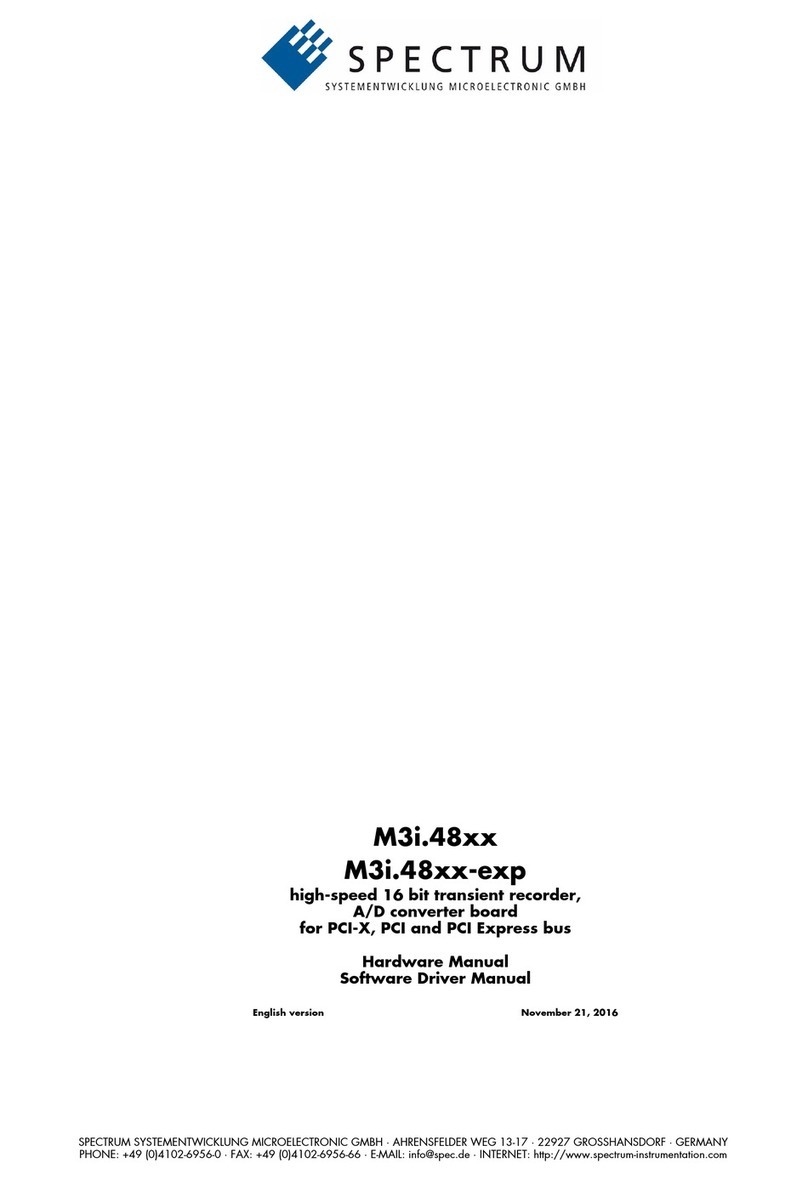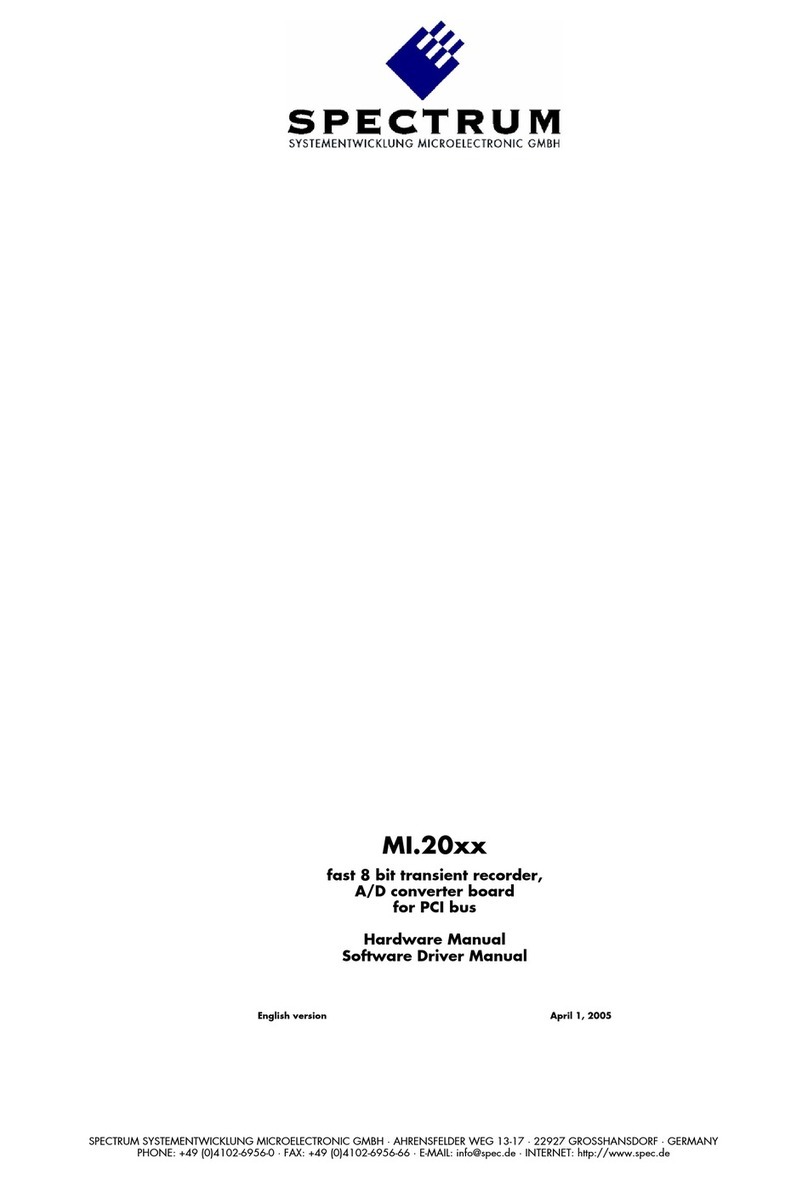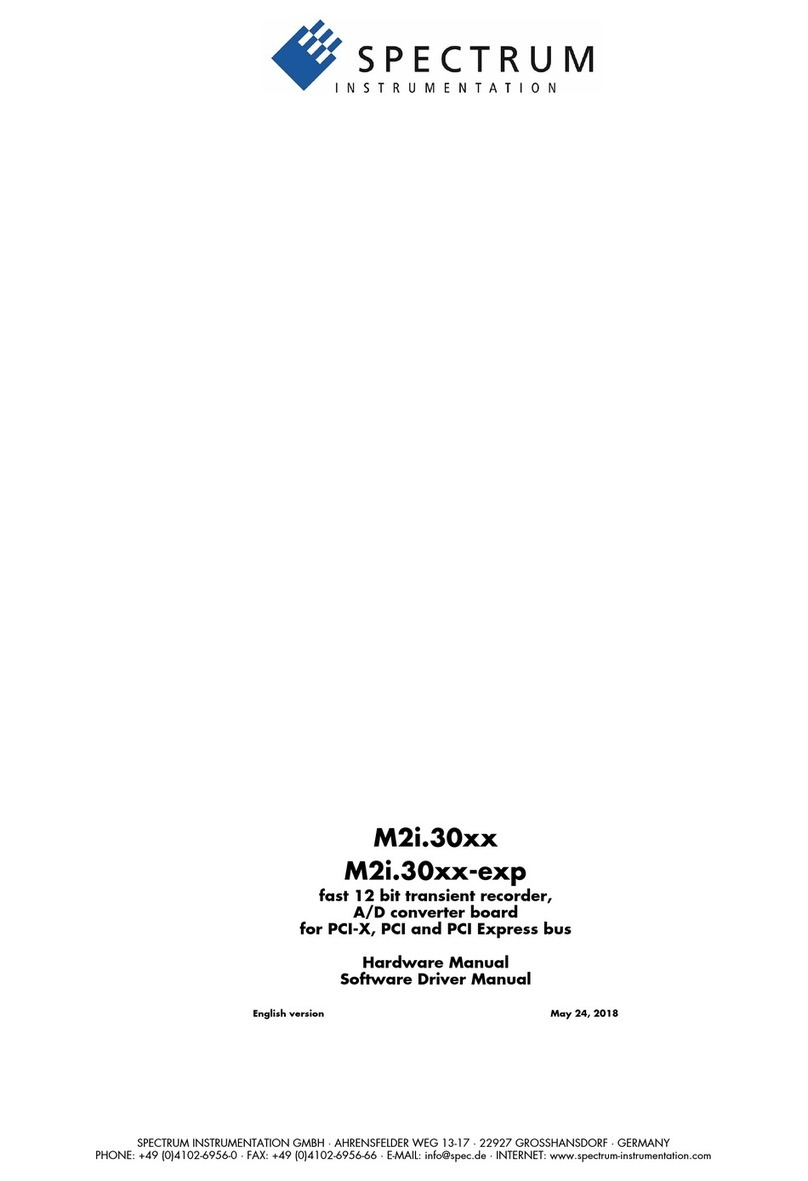5
Analog Outputs ............................................................................................................... 65
Channel Selection .............................................................................................................................................................. 65
Important note on channels selection............................................................................................................................... 66
Setting up the outputs.......................................................................................................................................................... 66
Output Amplifiers ......................................................................................................................................................... 66
Output offset ................................................................................................................................................................ 67
Maximum Output Range................................................................................................................................................ 67
Output Filters ............................................................................................................................................................... 68
Differential Output ........................................................................................................................................................ 68
Double Out Mode ........................................................................................................................................................ 69
Programming the behaviour in pauses and after replay ..................................................................................................... 69
Generation modes........................................................................................................... 70
Overview .......................................................................................................................................................................... 70
Setup of the mode ........................................................................................................................................................ 70
Commands........................................................................................................................................................................ 70
Card Status.................................................................................................................................................................. 71
Acquisition cards status overview ................................................................................................................................... 72
Generation card status overview .................................................................................................................................... 72
Data Transfer ............................................................................................................................................................... 72
Standard Single Replay modes ............................................................................................................................................ 74
Card mode.................................................................................................................................................................. 74
Memory setup .............................................................................................................................................................. 74
Continuous marker output .............................................................................................................................................. 75
Example ...................................................................................................................................................................... 76
FIFO Single replay mode..................................................................................................................................................... 77
Card mode.................................................................................................................................................................. 77
Length of FIFO mode..................................................................................................................................................... 77
Difference to standard single mode................................................................................................................................. 77
Example (FIFO replay)................................................................................................................................................... 78
Limits of segment size, memory size...................................................................................................................................... 79
Buffer handling .................................................................................................................................................................. 79
Output latency ................................................................................................................................................................... 83
Data organisation .............................................................................................................................................................. 84
Sample format ................................................................................................................................................................... 84
Hardware data conversion .................................................................................................................................................. 84
Clock generation ............................................................................................................. 85
Overview .......................................................................................................................................................................... 85
The different clock modes .............................................................................................................................................. 85
Clock Mode Register..................................................................................................................................................... 86
Internally generated sample rate .......................................................................................................................................... 86
Standard internal sampling clock (PLL)............................................................................................................................. 86
Using plain Quartz1 without PLL ..................................................................................................................................... 87
Using plain Quartz2 without PLL (optional)....................................................................................................................... 87
External reference clock ................................................................................................................................................ 87
External clocking................................................................................................................................................................ 88
Direct external clock ..................................................................................................................................................... 88
External clock with divider ............................................................................................................................................. 89
Trigger modes and appendant registers .......................................................................... 91
General Description............................................................................................................................................................ 91
Trigger Engine Overview..................................................................................................................................................... 91
Trigger masks .................................................................................................................................................................... 91
Trigger OR mask .......................................................................................................................................................... 91
Trigger AND mask........................................................................................................................................................ 93
Software trigger ................................................................................................................................................................. 94
Force- and Enable trigger .................................................................................................................................................... 94
Delay trigger ..................................................................................................................................................................... 95
External TTL trigger ............................................................................................................................................................. 95
Edge and level triggers ................................................................................................................................................. 96
Pulsewidth triggers........................................................................................................................................................ 97
Mode Multiple Replay...................................................................................................... 99
Trigger Modes ................................................................................................................................................................... 99
Programming examples....................................................................................................................................................... 99
Replay modes .................................................................................................................................................................... 99
Standard Mode............................................................................................................................................................ 99
FIFO Mode ................................................................................................................................................................ 100
Limits of segment size, memory size.................................................................................................................................... 100
Programming the behaviour in pauses and after replay ................................................................................................... 101






























